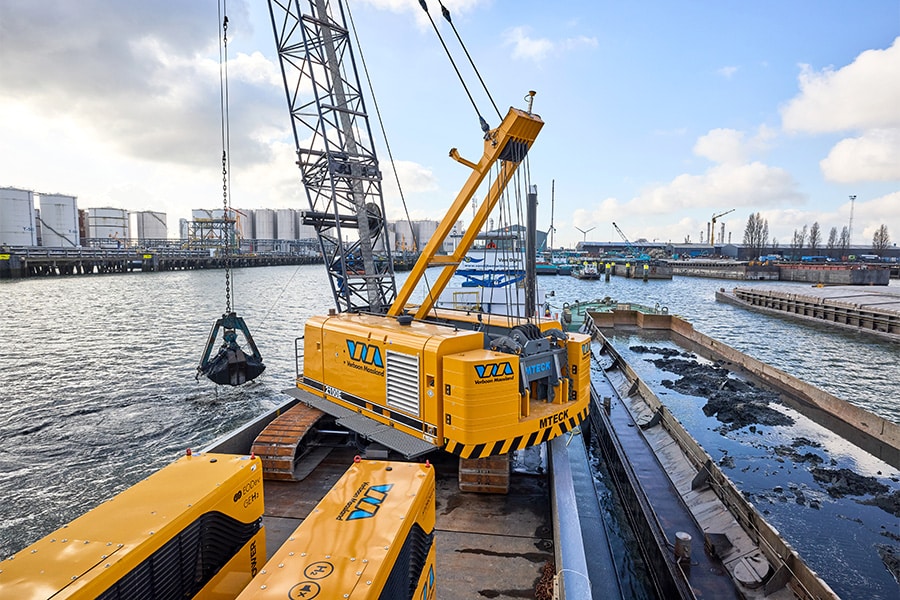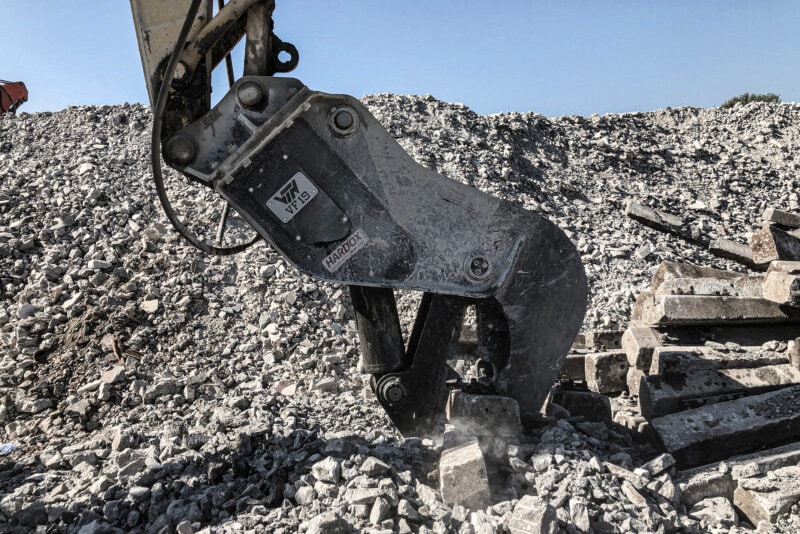
The importance of the CROW 500 in the case of excavation damage
In the Netherlands there are 1.7 million kilometers of cables and pipelines in the ground, and partly due to the energy transition there will be many more. It is therefore not surprising that cables and pipelines are still regularly hit during work in the ground. In fact, this happened more than 45,000 times in 2021. In other words, about 173 times per working day.
The 'Richtlijn zorgvuldig grondroeren van initiatief- tot gebruiksfase', the well-known CROW 500, is the manual for careful digging. The CROW 500 is primarily a practical guideline for soil excavators, but if things do go wrong it does have legal consequences. The guideline then becomes a strong tool for lawyers, attorneys and judges to assess whether and which party is liable for the digging damage in question.
In order to obtain compensation for excavation damage, the excavator must - in short - have acted unlawfully towards the pipeline owner. Unlawful conduct can occur when the excavator has acted "negligently" in the performance of his work in the ground. A violation of this so-called standard of care generally depends on all the circumstances of the case. This is a woolly and broad criterion. For excavation practice, however, the interpretation of the standard of care is somewhat simplified.
Indeed, the Supreme Court has ruled that great weight must be given to the (compliance with the) CROW 500 when interpreting the standard of care. This is partly because the CROW 500 was drawn up by the profession itself. This leads to the situation that if an excavator hits a pipe and he has not acted in accordance with the CROW 500, it can be assumed more quickly that he has dug carelessly and is therefore liable for the damage. However, the opposite situation is at least as important. If an excavator hits a pipe and causes damage as a result, but he has acted in accordance with the CROW 500, he may not be liable for the damage.
The Arnhem-Leeuwaarden Court of Appeal ruled on the latter situation. In these proceedings, a contractor had been commissioned by a water board to install a shoring system. The KLIC report revealed the presence of cables and pipes. The contractor was only unable to locate them, and based on the CROW 500, the contractor chose to "dig as if in a risk area. With that method, the CROW 500 makes it possible to still carry out an excavation without locating the relevant cables and pipes, the court said.
In the proceedings, the court ultimately ruled that the contractor had acted in accordance with CROW 500 and thus not negligently. In short, the contractor damaged the cable but was not liable for it.
Although it always depends on the specific circumstances of the case, including the method of litigation, this is an interesting ruling for practice. Soil excavators who are unable to locate a cable after a KLIC report, but still do everything possible to prevent damage in accordance with the CROW 500, may not be liable if they do hit a cable. At the same time, the ruling once again emphasizes the importance of the CROW 500. ν



